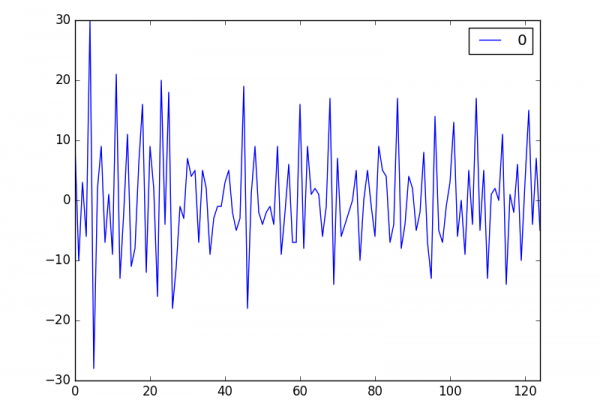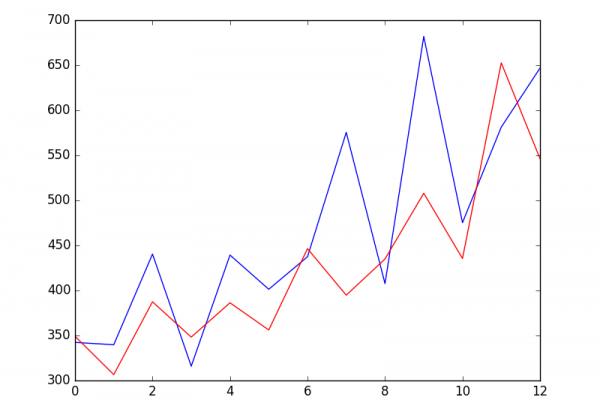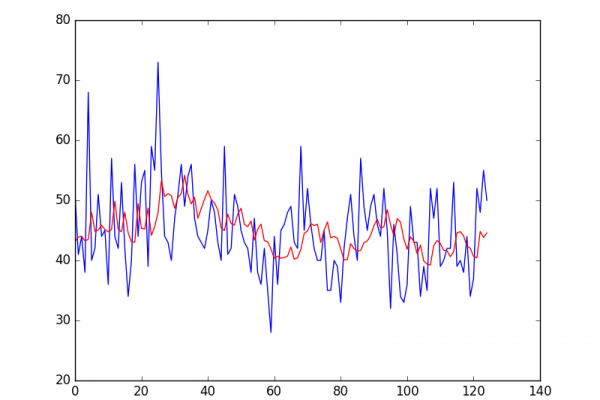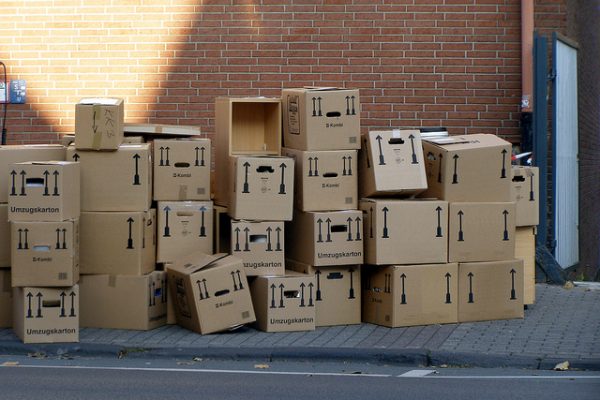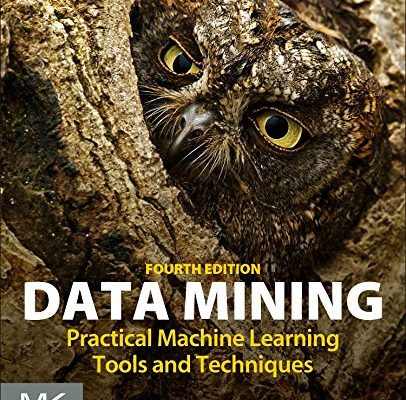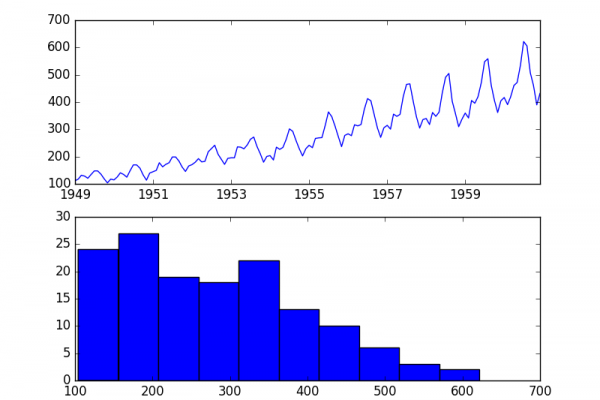How to Visualize Time Series Residual Forecast Errors with Python
Last Updated on September 18, 2019 Forecast errors on time series regression problems are called residuals or residual errors. Careful exploration of residual errors on your time series prediction problem can tell you a lot about your forecast model and even suggest improvements. In this tutorial, you will discover how to visualize residual errors from time series forecasts. After completing this tutorial, you will know: How to create and review line plots of residual errors over time. How to review […]
Read more